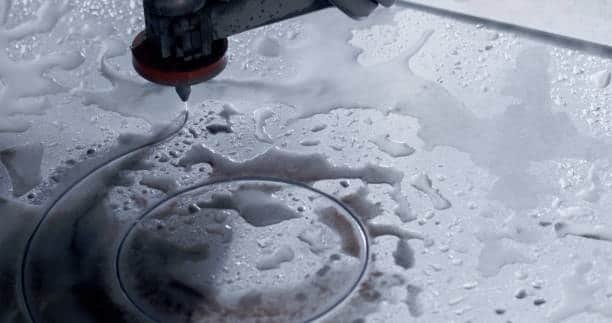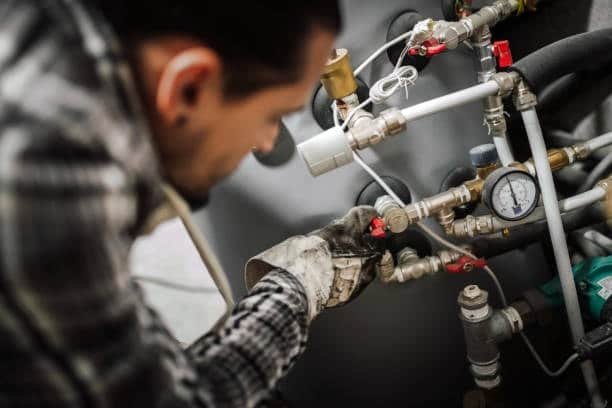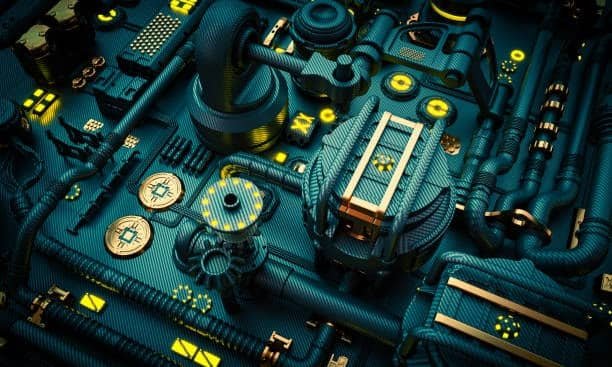It is necessary to obtain proper and accurate results when applying the methods of CNC (computer numerical control) machining. The fixturing system is critical in the delivery of this level of accuracy. CNC fixturing signifies the strategies and equipments used to tightly hold onto any workpiece in course of any machining activities, emphasizing the importance of cnc fixture design . Even if one owns the best of machines, CNCs, if fixturing is not executed properly you can never expect high quality output. This article examines the necessity of CNC fixturing and discusses a cnc fixture idea in the manufacturing process , identifies various types of these systems, and demonstrates the way these systems so markedly increase the overall accuracy and efficiency of CNC machining.
What is CNC Fixturing?
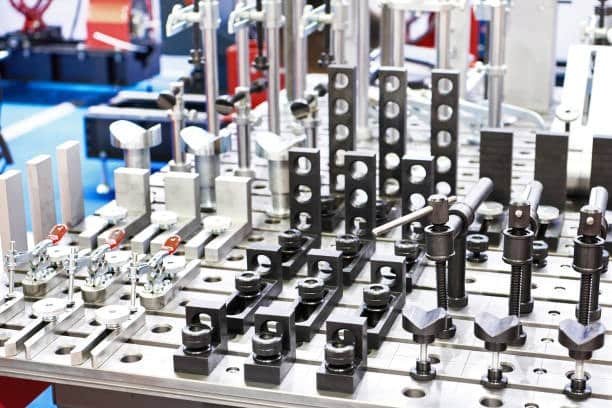
CNC fixturing refers to the designing and deploying of workholding fixtures, such as cnc vises and other machining fixture , that hold the workpiece in a given position when machining operations., including various machining setups : Milling, turning, drilling or grinding are performed. The primary purpose of fixturing is to hold the workpiece as fixed and vibration free as possible as it is processed, which is essential for meeting the close dimensional specifications and for being able to achieve repeatable results.
Appropriate fixture design greatly reduces risks of human errors, increases speed and effectiveness of machining, and improves general productivity, thereby reducing overall manufacturing costs and minimizing tooling costs . A properly designed fixture reduces interference with the CNC machine and the best tolerances and surface finishes are obtained, particularly when using tooling plates .
The Importance of CNC Fixturing
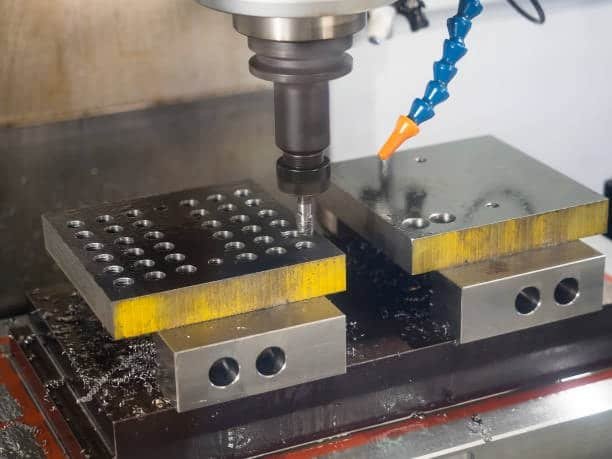
CNC fixturing is critical for a range of key factors that influence production accuracy with a profound influence on the positioning accuracy and results of the machining process, particularly in terms of cnc operations within the broader cnc machining process .<<
1. Precision and Accuracy
The secure fixation of the workpiece with fixturing ensures it is not dislocated or shifted during quarrying, which is a prerequisite for quality ensuring, especially when using vise fixtures or soft jaws . This guarantees that even highly complex or very closely toleranced parts may be machined with accuracy, often utilizing custom jigs .
2. Increased Productivity
The amount of time spent preparing a workpiece before machining is minimized by efficient use of modular fixtures and interchangeable components along with other fixturing techniques. This means that there are lesser mistakes which in turn minimizes costly rework or loss of is. It is only when the work piece is firmly held in position that CNC machines work with enhanced stability and efficiency thereby giving faster job completion and increased productivity in cnc milling .
3. Repeatability
The role of the CNC machines is to repeat the same process and hence produce numerous identical parts. If the fixture is made with precision, the sawing object will always remain the same in position during cutting thus supporting the making of identical parts with small unchanged variation typically employed by machine tools .
4. Cost Efficiency
Precise workpiece fixation is a help in reducing material loss and ensures that all pieces attain their desired dimensions, even achieving extra tight part tolerances . A fixture which prevents part movement and sustains good clip altogether helps reduce too much wear on the tool and part, and thus this lowers the overall cost, particularly when using effective milling fixtures .
Types of CNC Fixturing
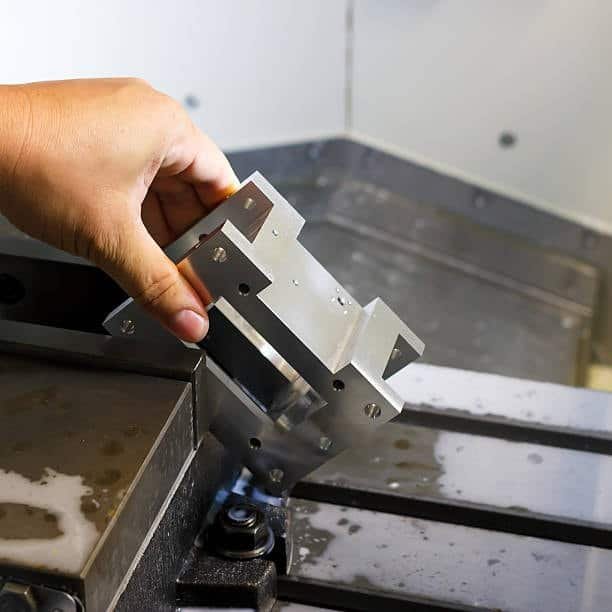
In CNC machining, different fixturing methods, known as cnc fixture types, including angle fixtures , are suitable solutions for certain machining task and certain types of parts. There are three main types of fixturing used as follows, which may include manual fabrication, indexing, and modular systems.
1. Vices
Vices, which may incorporate features such as jaw lift, are some of the most rudimentary and most frequently utilized fixtures for CNC machining. It is best used for clamping smaller parts during milling or vertical mills drilling interventions. Vices can be hand operated or through pneumatic means providing stable and secure clamping of the workpieces. They are appropriate for parts that are served well by robust and fixed positioning with no requirement for intricate cnc milling fixtures layouts.
2. Clamps
Such fixturing devices are designed in a flexible manner, thus enabling it to accommodate various workpieces for machining. Their use is common when a workpiece has to be firmly gripped, especially those with two inclined surfaces in a number of operations or setups. Clamp designs would be in either manual or pneumatic forms and are usually used together with the vices to increase overall stability during operations, including boring fixtures .
3. Custom Fixtures
Frequent use of a custom cnc fixture is necessary to hold complex or irregular shaped workpieces securely. These fixtures are customised to meet workholding needs , specific to every individual work-piece, thus offering secure and accurate positioning during machining, particularly with the use of fixture plates . In cases of full product runs or prototype making during the welding and assembly process, where product ledges are irregular, then custom fixtures are useful as they provide the flexibility needed to account for distinctive workpiece geometries.
4. Magnetic Fixtures
Powerful magnets in a magnetic chuck dictate that ferromagnetic work pieces are held stable during the machining process in magnetic fixturing systems, including vise fixtures . Whereas small and flexible materials are involved, magnetic fixtures offer a reliable fastening method without the need for a tedious mechanical clamping or deformation, which is a feature of effective workholding solutions in cnc workholding fixtures . Magnetic fixturing solutions are often used in grinding, milling or boring head fixtures, turning operations.
5. Vacuum Fixturing
Vacuum fixturing develops suction maintaining the non-ferrous or the delicate stuff in position during machining activities. For gentle, non-ferrous, thin or lightweight workpiece clamping, wherein traditional clamping may lead to damage mechanisation, the vacuum fixturing is superior for applications involving vacuum workholding . In areas including aerospace and electronics, vacuum fixturing is a highly sought after process of securing sensitive materials due to their capacity to guarantee precision and effective use of tooling plates .
Factors to Consider in CNC Fixturing Design
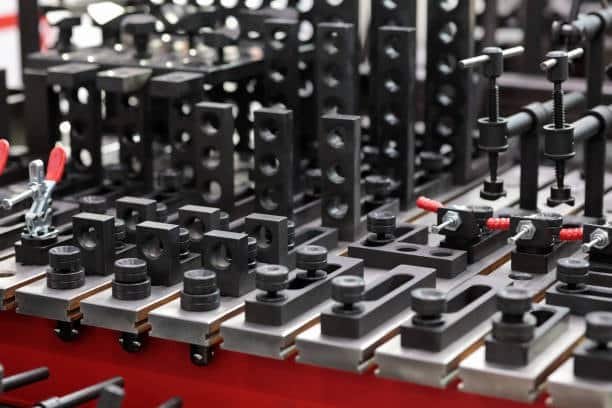
A number of critical aspects, including sine bar fixtures, must be given precedents in developing a good CNC fixture for better performance of machined parts .
1. Workpiece Geometry
The particular design, size, and characteristics of the work piece will determine the type of fixture required. Fixtures that have irregular or complicated design may require specific solutions for the establishment of proper placement to effectively handle multiple parts and stability during machining process, particularly when vacuum workholding is applied .
2. Material Properties
Material properties of the workpiece, i.e. its hardness, brittleness or surface finish influence which fixturing method is the best auxiliary tool for angled surfaces for this situation. Conventionally, materials of such aluminum or plastics require much milder fixturing strategies, while mechanical force for harder materials like steel necessitate much harsher holding methods like clamps or vices, especially when paired with an optimal cutting tool .
3. Machining Operations
It is the specific machining task that dictates the method of fixture selection, especially in the context of manual machining . For an example, the engineering project work of drilling or milling often requires special methods of fixturing, including turning fixtures and indexing fixtures , in order to ensure the best cutting and tool long-evacuation results.
4. Accessibility
The provision to the fixture affords free access to every piece of the workpiece for machining purpose is essential, especially in terms of square inch coverage . Dedicated custom fixtures may prove expensive, especially for small production runs, so solutions to this are designing fixtures with a basic draft design and hole grid that cater to not only the current workpieces but are also adaptable to many different tasks, and the use of modular fixturing systems.
CNC Fixturing Challenges and Solutions
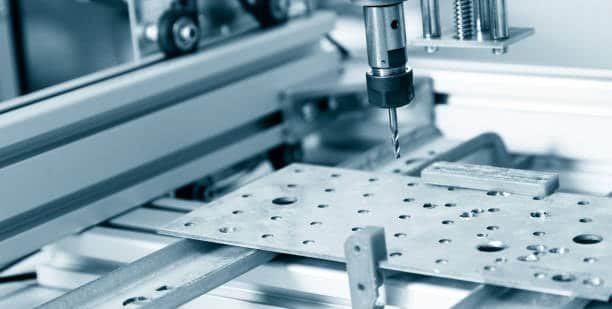
Despite the fact that CNC fixturing is highly important for precision, effective engineering design levels has several issues such as the need for a universal fixture like an angle plate .
1. Cost of Custom Fixtures
The development of unique fixtures to fit individual workpeice costs much while working on low volumes. Fixture costs can be decreased, however, by selecting designs that accommodate several workpieces within modular fixtures. or by adapting to modular systems that are easily changeable for other jobs within the manufacturing process .
2. Fixture Alignment
Accurate alignment of the fixture with respect to the machine’s axis is essential in order to reach the specified tolerances in finished parts. There are many modern CNC systems that have been incorporated with alignment technologies to aid against misalignment problems in various cnc machining services .
3. Workpiece Setup Time
The time taking to set up the fixture for each job is a tedious one. One option to reduce the time for setup is use of modular fixturing systems, which can be flexibly adjusted to different workpieces, or choosing equipment with rapid tool-change alternatives.
Conclusion
Precision, accuracy and efficiency during machining are largely dependent on CNC fixturing effectiveness. Proper fixturing throughout machining operations makes for high repeatability on CNC machines and adheres to specific workpiece specifications. which has an enormous error and optimizes the production process for throughput reduction. Appropriate choice of fixturing technique, either using vices or clamps, magnetic fixtures or custom design, is necessary in attaining the best results in CNC machining, especially in relation to the cutting tool employed .


